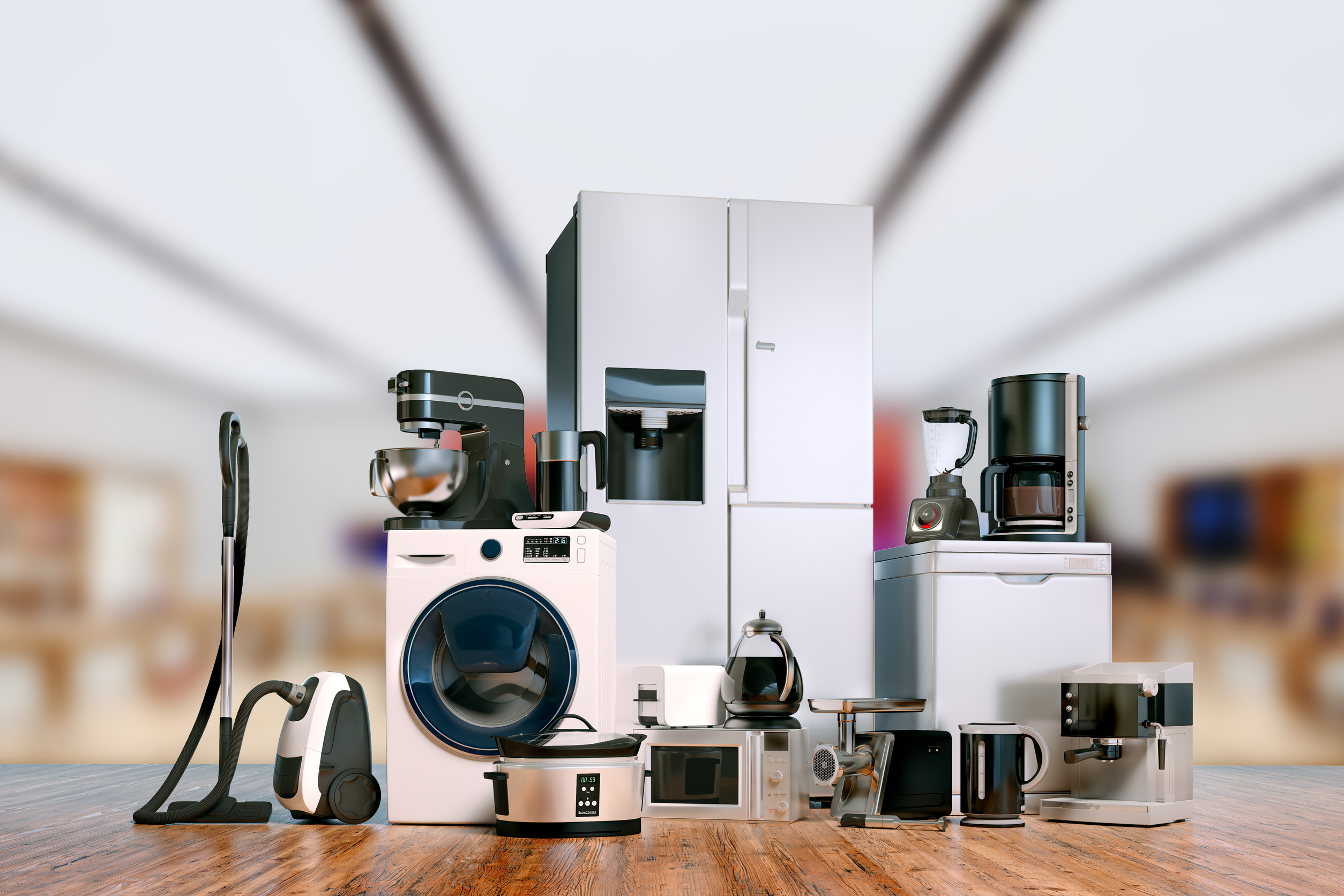Money isn’t fair—and not just in the big flashy ways like yachts, private jets, or gold-plated toothbrushes. Everyday expenses can quietly drain the wallets of low-income families much faster than those with deep pockets. It’s the invisible penalty of being poor: spending more, not less, for the same necessities. From groceries to gadgets, these daily items show just how upside down the economics of inequality really are. Buckle up—this is the real price tag of living on the wrong side of the wealth gap.
1. Groceries
Grocery stores in low-income neighborhoods often charge more for basic staples because there’s less competition. Smaller convenience shops replace big-box stores, leading to higher prices on bread, milk, and produce. Families without cars are stuck paying these marked-up prices since they can’t easily reach cheaper supermarkets. Wealthier households can shop in bulk, score wholesale discounts, and stock up during sales. For poorer families, every loaf of bread costs just a little bit more.
2. Cell Phones
Pay-as-you-go phone plans sound flexible but end up draining more money than long-term contracts. Without strong credit, poorer families often can’t qualify for the best monthly deals. They’re left paying inflated rates for fewer minutes and less data. Wealthier families, meanwhile, enjoy unlimited everything at bargain monthly prices. Over time, the poor pay more for less service—just to stay connected.
3. Cars
A reliable car is a luxury when credit scores are low. Poorer buyers often get saddled with sky-high interest rates on used vehicles. Maintenance costs pile up too, since older cars break down more often. Wealthier families buy newer cars outright or finance them at lower rates, saving on repairs and gas. The poorer household ends up paying more in the long run just to keep their wheels turning.
4. Rent
Renters in low-income neighborhoods often pay a higher percentage of their income on housing than wealthier families with mortgages. Without savings for a down payment, buying a home is out of reach. That leaves renters stuck with rising monthly costs and no equity to show for it. Wealthier families build wealth through ownership while paying less per month. It’s a cycle that keeps renters locked in place.
5. Appliances
When a refrigerator or washing machine dies, wealthier families replace it with something new and efficient. Poorer families often have no choice but to buy secondhand or rent-to-own. Rent-to-own stores stretch payments over time, but the final cost ends up two or three times higher than retail. Used appliances break faster, leading to another round of purchases. The result: paying more for appliances that last less.
6. Health Care
Without comprehensive insurance, every doctor visit feels like a financial hit. Poorer families face higher medical bills because they rely more on emergency rooms instead of preventive care. Prescription drugs often go unfilled because paying full price is impossible. Wealthier families have access to better insurance, networks, and preventative services that keep costs lower overall. Being sick costs more when money is tight.
7. Credit and Loans
Bad credit means higher interest rates on everything from credit cards to personal loans. Poorer families end up paying hundreds or thousands more over time for the same borrowed amount. Even small emergencies spiral into expensive debt traps with payday loans and fees. Wealthier families get low-interest financing, balance transfers, and perks that actually save money. Borrowing is one of the clearest examples of how the poor pay more.
8. Clothes
Wealthier shoppers can afford high-quality clothing that lasts for years, while poorer families are forced to buy cheap items that wear out quickly. The cycle of replacing low-cost clothes adds up over time. Buying in bulk or during seasonal sales also saves money that poorer families may not have upfront. Thrift stores help, but even secondhand prices can add up when kids grow fast. Clothing costs stay stubbornly higher for families without financial breathing room.
9. Utilities
Energy bills hit harder in households with outdated insulation, inefficient appliances, and older heating systems. Poorer families often rent places where they can’t make upgrades to lower costs. That means higher monthly bills for the same amount of heat, water, and electricity. Wealthier families invest in efficiency, saving money year after year. It’s another quiet penalty for simply living without options.
10. The Hidden Cost of Poverty
The everyday math of being poor doesn’t add up in a fair way. Families with fewer resources are punished with higher prices, higher risks, and fewer choices. It’s not just about income—it’s about access, options, and opportunity. The cost-of-living gap keeps growing wider, and awareness is the first step to change.
What are your thoughts on these hidden costs? Share your experiences or insights in the comments below.
You May Also Like…
Romanticized Poverty: 6 Clues That “Hustle Culture” Is a Dangerous Lie
Why Are So Many Middle-Class Families Paying More in Bank Fees Than the Wealthy
Shamed for Being Poor: Why Asking for Help Still Feels Taboo
8 Estate Planning Habits That Can Spark Family Lawsuits
7 Ways Money Creates Power Struggles in Families


